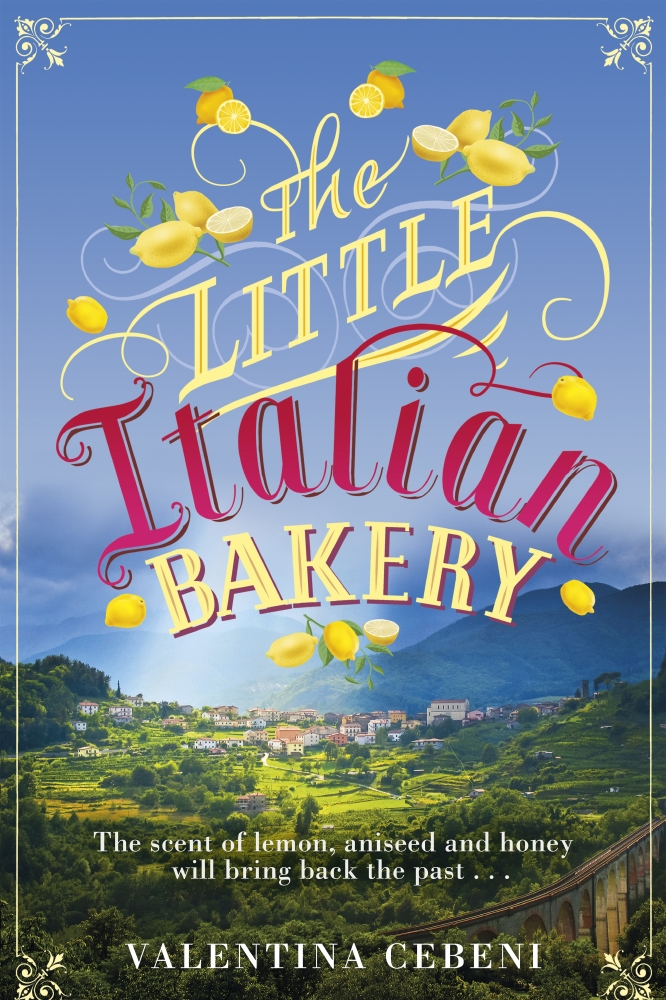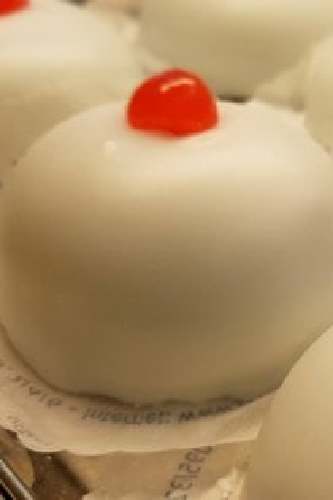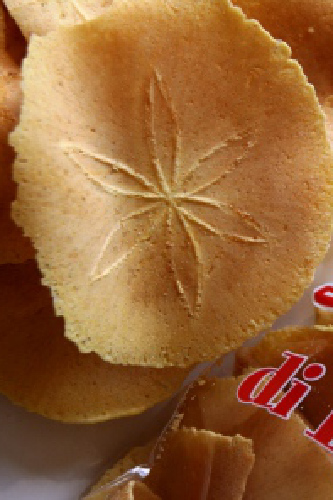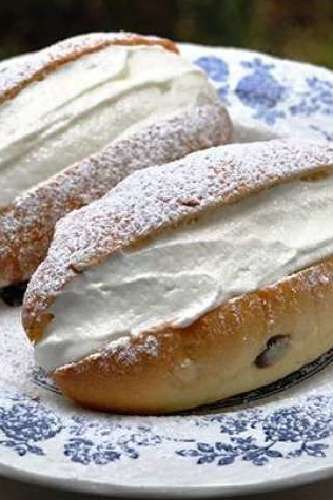If you close your eyes and think of Italy, what comes to mind? Food, of course! And so today I’m going to introduce you to ten Italian sweet treats, starting with a delicacy very close to my heart: amaretti. These little pastries are made with almond flour, egg yolk and sugar and found throughout the Italian boot, from the soft version made in Abruzzo to the crumbly ones from Saronno and the Sardinian ones, hard on the outside and soft in the middle. Delicious!

The Little Italian Bakery
The title of most romantic Italian sweet, has to go to the bacio di dama, lady’s kiss, from the Piedmont region. Created by joining two little domes of pastry with a layer of soft chocolate, if you haven’t tried them before, make sure you do!


As we all know, the history of sweets and pastries is sometimes entwined with wider history, and that is the case for krumiri. These biscuits were invented in Casale Monferrato in 1878 by the baker Domenico Rossi. Their shape is inspired by the shape of the late King Victor Emmanuel II’s moustache and they take their name from the ‘krumiro’ liqueur in which people dunked them.

There is no doubt that Italy has a very close relationship with religion, and this has also extended to patisserie. Over the years bakers have used all their creativity to come up with masterpieces including zeppole di San Giuseppe, ring-shaped choux pastries that are either fried or baked, then decorated with crème patissière and sour cherry jam, or minne di Sant’Agata. Orignally from Catania, they are made in the shape of the saint’s breasts, which were mutilated when she refused to marry the Roman prefect Quintianus, and are considered a symbol of womanliness and religious devotion. Minne are made by filling a pastry shell with a mixture of ricotta, chocolate and candied peel, then icing the shell and topping with a glacé cherry.


We now travel from Sicily to another island, Sardinia, where pardulas are typically made around Easter time. These are small tartlets consisting of very thin pastry cases filled with a mixture of ricotta, sugar, saffron and citrus zest, a delicious combination. Back on dry land, and… have you ever tried brigidini? These wafers are flavoured with aniseed and each has a flower stamped at its centre. The flower design was created by the ‘brigidine’, the nuns at the Convento di Santa Brigida in Lamporecchio, who decided to commit a little culinary sin and alter the recipe for the communion wafers. Be sure to try them if you happen to be in the area, you won’t repent!


Next we head for the eternal city, where we find maritozzo, a sweet, enriched bread filled with a generous helping of whipped cream which romans often eat for breakfast, then onwards further south to Salento where we can try the famous pasticciotto leccese, a lard-based pastry case containing an explosion of crème patissière - the perfect accompaniment for your morning coffee.


We’ve saved the best for last and finish our journey with the sfogliatella, the pinnacle of Campania’s patisserie offering. It doesn’t matter whether you prefer the curly ‘riccia’ version or the shortcrust ‘frolla’ version, because you’ll fall in love at first bite when you try one. The pastry is wrapped around a filling made of semolina, ricotta, eggs, candied peel, sugar, orange water and other flavourings that have been skilfully combined since the start of the eighteenth century when the Neapolitan pastry chef Pasquale Pintauro, possibly inspired by the sfogliatella Santa Rosa created by the nuns at the convent of the same name, created this masterpiece. If you’re ever in Italy be sure to try this delicacy, you’ll be amazed by how good it is!


